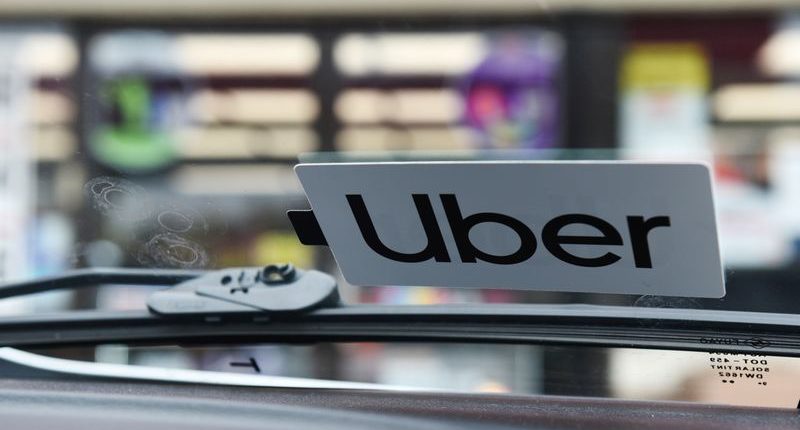While most of the companies are witnessing a slight recovery in their businesses, Uber Technologies continues to underperform despite growing demands for the platform’s services. The company’s Q3 results indicate that Uber is still struggling to increase its revenues and hasn’t been able to meet investors’ expectations.
During the quarter that ended on September 30, Uber reported a drop in revenues by 18% year over year, which stood at $3.8 billion in Q3 2019 and is $3.13 in Q3 2020. Analysts had already expected a dismal revenue collection of $3.2 billion for Uber in Q3, which the company wasn’t able to fulfill. Interestingly, in terms of the company’s revenue share, Uber’s delivery business overtook the mobility business to contribute the highest in the company’s overall revenues. The delivery platform posted revenues of $1.45 billion, up by 125%, whereas, the mobility platform reported revenues of $1.36 billion, down by more than 50%.
Gross Bookings on the Uber platforms also went down by 10%. In the latest quarter, Uber could only manage to produce bookings worth $14.7 billion, down from $16.4 billion last year. A breakdown between Uber’s two platforms reveals that the gross booking on its ride-hailing service declined a sharp 50% to $5.9 billion, whereas, the delivery platform grew by posting a 135% year over year rise in gross bookings, sitting at $8.5 billion in Q3 2020.
The company headed by Dara Khosrowshahi also faced a decline in its user base and trips conducted. Monthly Active Platform Consumers (MAPCs) on Uber dropped by a huge 24% to 78 million, whereas, trips conducted on the platform shrank by 35% to 1.15 billion, down from 1.77 billion trips in 2019.
However, the net loss of the company declined by a small fraction of 6% to $1.09 billion, down from $1.16 from last year. The company’s overall adjusted net revenue (ANR) declined by 20% to $2.8 billion. This was fuelled by a decline in Uber’s mobility ANR by more than 50% to $1.3 billion. However, the delivery service showed strong promises here as well as it reported an ANR of $1.13 billion, up by a massive 190%.
Dara Khosrowshahi, CEO of Uber said, “Despite an uneven pandemic response and broader economic uncertainty, our global scope, diversification, and the team’s tireless execution delivered steadily improving results, with total company Gross Bookings down just 6% year-on-year in September. Mobility Gross Bookings nearly doubled from Q2 levels and Delivery surged again to 135% year-on-year growth thanks to an increasing pace of innovation, which saw us launch new industry-leading safety technology; extend delivery offerings into groceries and prescriptions; bring Uber Green to more than 50 cities, and expand both Uber Pass and Eats Pass membership plans.”
Uber’s mixed results between both of its entities are justified as both the services have been receiving very contrasting demands in recent times. The COVID-19 pandemic brought demands for ride-hailing services crashing down as people conformed to social distancing norms. But as people started staying back at home due to the lockdown, the demand for food delivery spiked and delivery apps benefitted the most during this period.
